The founder of Chicago-based FGP Atelier walks us through three projects that map the trajectory of his new firm.

Photo by Sam Grant
Starting as an isolated architect in Mexico before becoming the president of JAHN in Chicago, Francisco Gonzalez Pulido, founder of FGP Atelier, decided to start over once he reached the top. In naming his new Chicago-based firm he was inspired by the way tailors go about their work (atelier, often used in the fashion industry, is French for workshop). “They really get close to you, and they measure every part of your body, and they adjust to the millimeter—this is the way we approach projects in the atelier,” he says.
This mindset didn’t have enough room to grow in the larger world of huge buildings and profit-driven developers. He even found efforts toward sustainability muddied by perverse incentives. “It’s a lot of what I call greenwash … In the end it’s not about improving the human condition—it’s just about developers being able to rent buildings at higher rates,” he says. He placed a true commitment to local environments and people at the heart of his new practice. “We think in those terms, it’s part of the DNA of the firm.”
Orchid Educational Pavilion

Photos courtesy of FGP Atelier
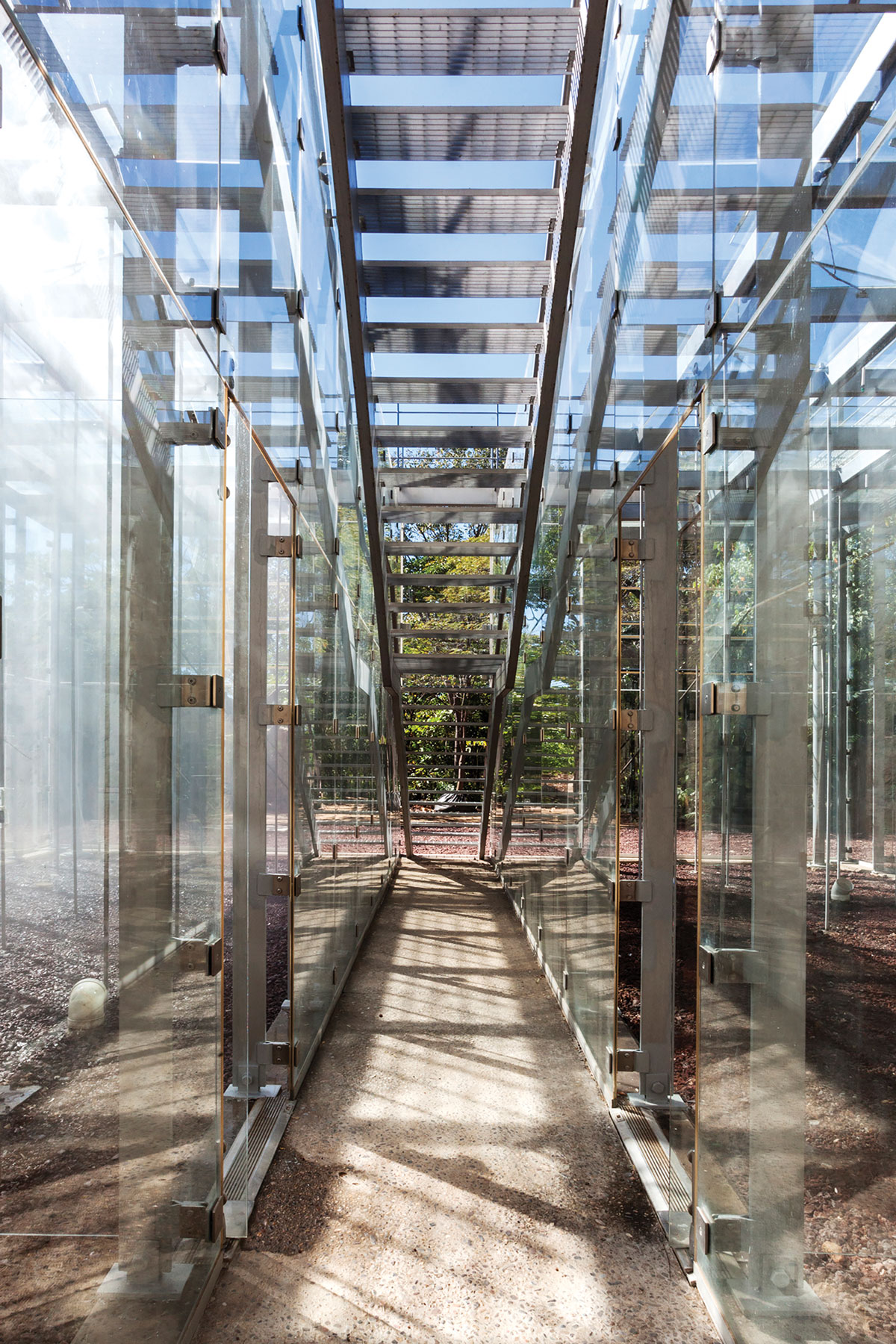
Photos courtesy of FGP Atelier

Drawing courtesy of FGP Atelier
The thesis of Gonzalez Pulido’s vision is the Orchid Educational Pavilion in Oaxaca. Part of the Botanical Gardens of Santo Domingo, the building is small, meticulously detailed, and operates at net-zero for energy, water, and waste. What looks like a simple glass box hides pipes that cool the hot outside air deep underground, stairs that collect rainwater, and an evaporative cooling system that waters plants and maintains a precise level of humidity—and it was all built by local workers using almost exclusively local materials (only the glass came from outside of Mexico). Solar panels on a nearby building power the whole arrangement, giving the local community a glimpse into the fragility of the natural world. “It’s a reflection on resources. Everything needs water and air and the right temperature and the right conditions to flourish. Humans as well as plants,” Gonzalez Pulido says.
Project Details Location: Oaxaca, Mexico Completion: 2018 Size: 1,075 square feet Solar: Transsolar Engineering: Werner Sobek Engineering
Quintan District Towers, Lot 14
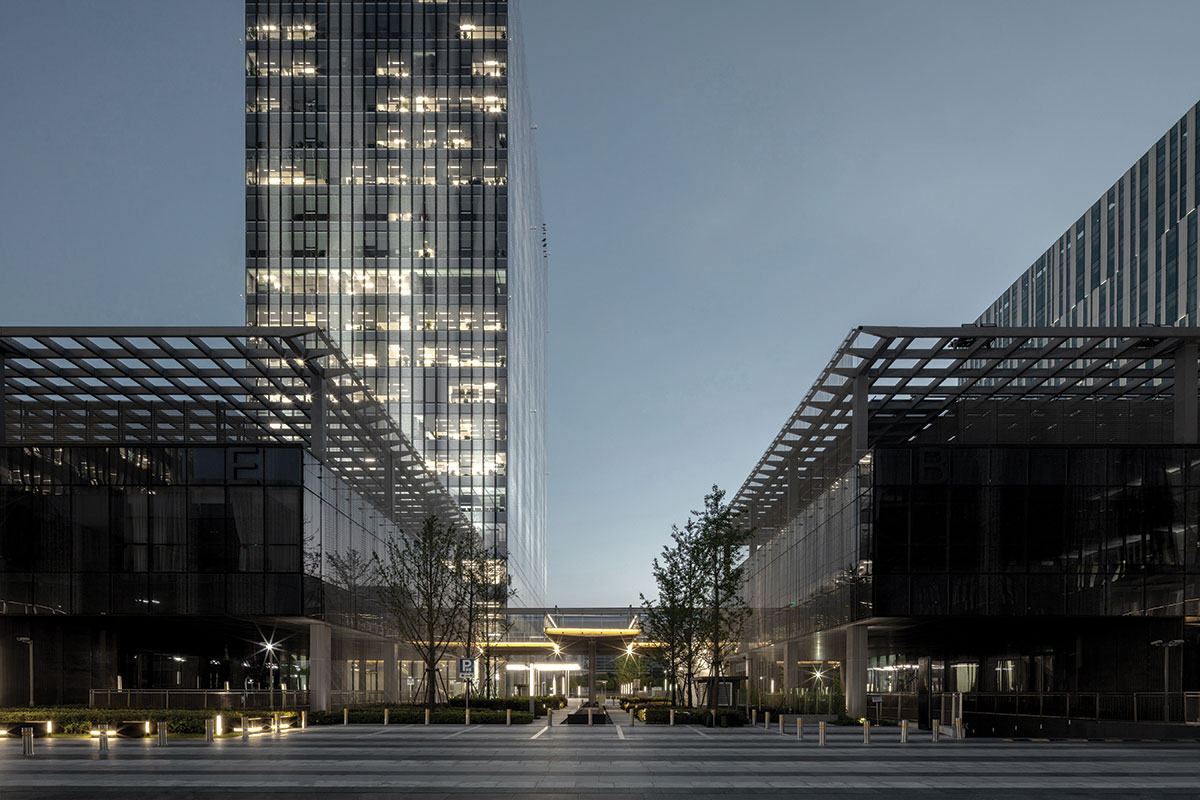
Courtesy of FGP Atelier
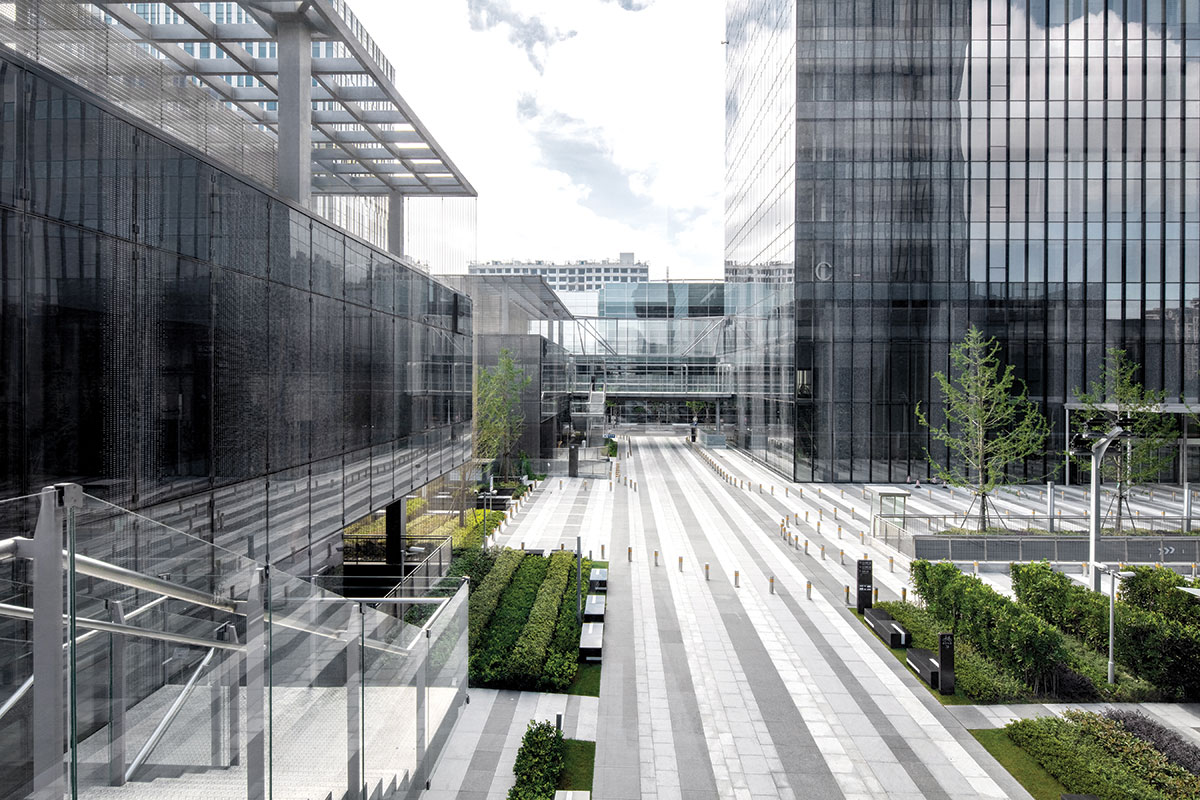
Courtesy of FGP Atelier

Courtesy of FGP Atelier
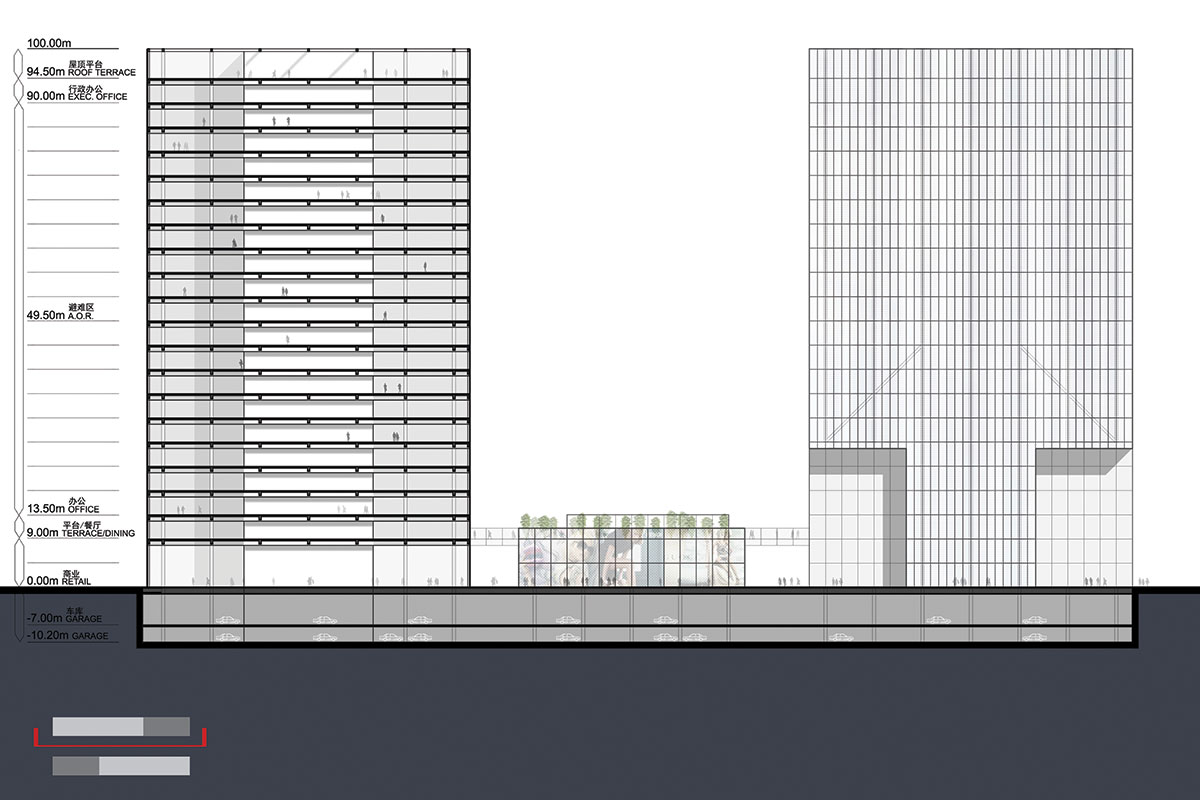
Drawing Courtesy of FGP Atelier
“Actually, the things I thought I was not going to be doing again, I’m doing again,” Gonzalez Pulido laughs. The Quintan District Towers, Lot 14 in Shanghai is a project that is reminiscent of the kind of large-scale developer work Gonzalez Pulido had become tired of. “I think the mission of projects like this should always have a social component; it cannot only be about the lobby and the tower—it has to be about public space and how this connects with the neighbors,” he says. He stuck to the new firm’s vision by pushing for fewer buildings on the land and more green space, giving people room to relax while boosting local biodiversity. His team also worked to innovate technologically, designing an efficient new process to reduce the materials needed to create the ceramic-frit bamboo pattern on the facade, which leverages the large scale of the project to get city dwellers to think about nature.
Project Details Location: Shanghai, China Completion: 2018 Size: 892,000 square feet Associate Architect: SIADR MEP: SIADR Landscape Architect: RSLA Facade Consultant: Schmidlin Facade Contractor: Yuan Da
Instituto Culinario de México & El Corazon de la Paz
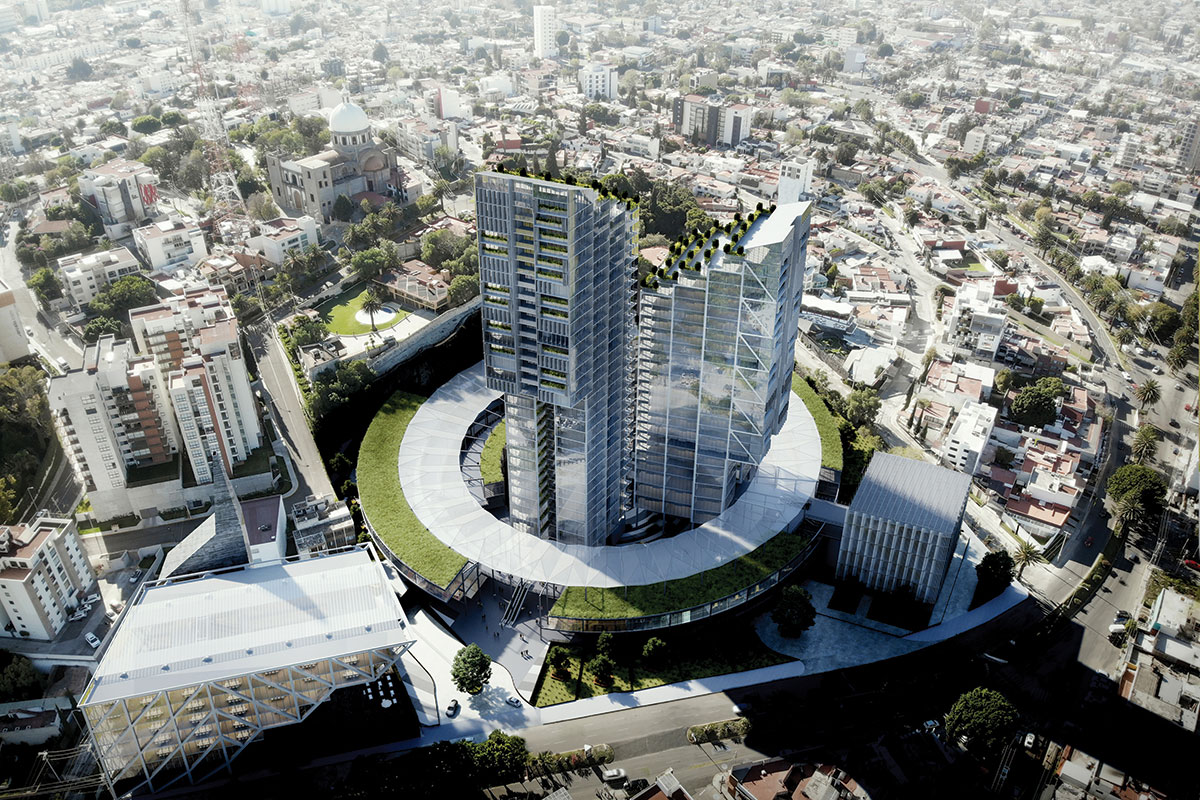
Courtesy of FGP Atelier
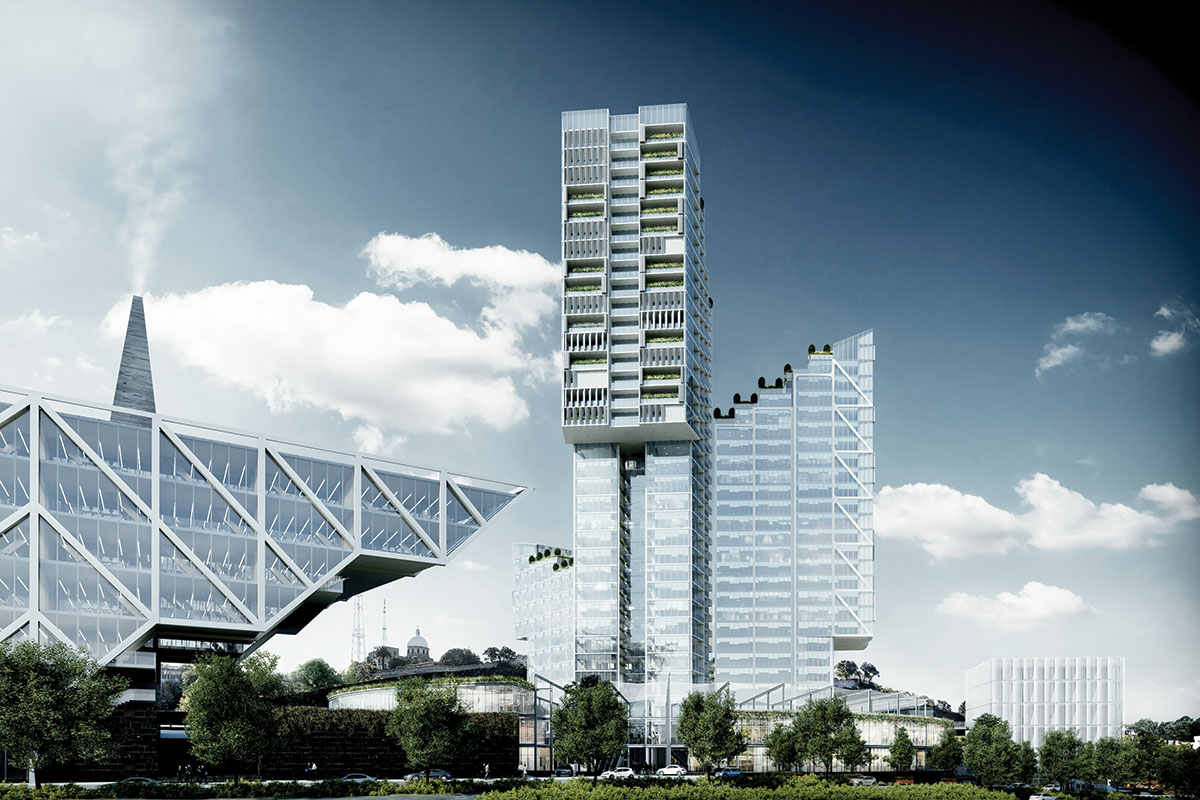
Courtesy of FGP Atelier

Courtesy of FGP Atelier

Courtesy of FGP Atelier
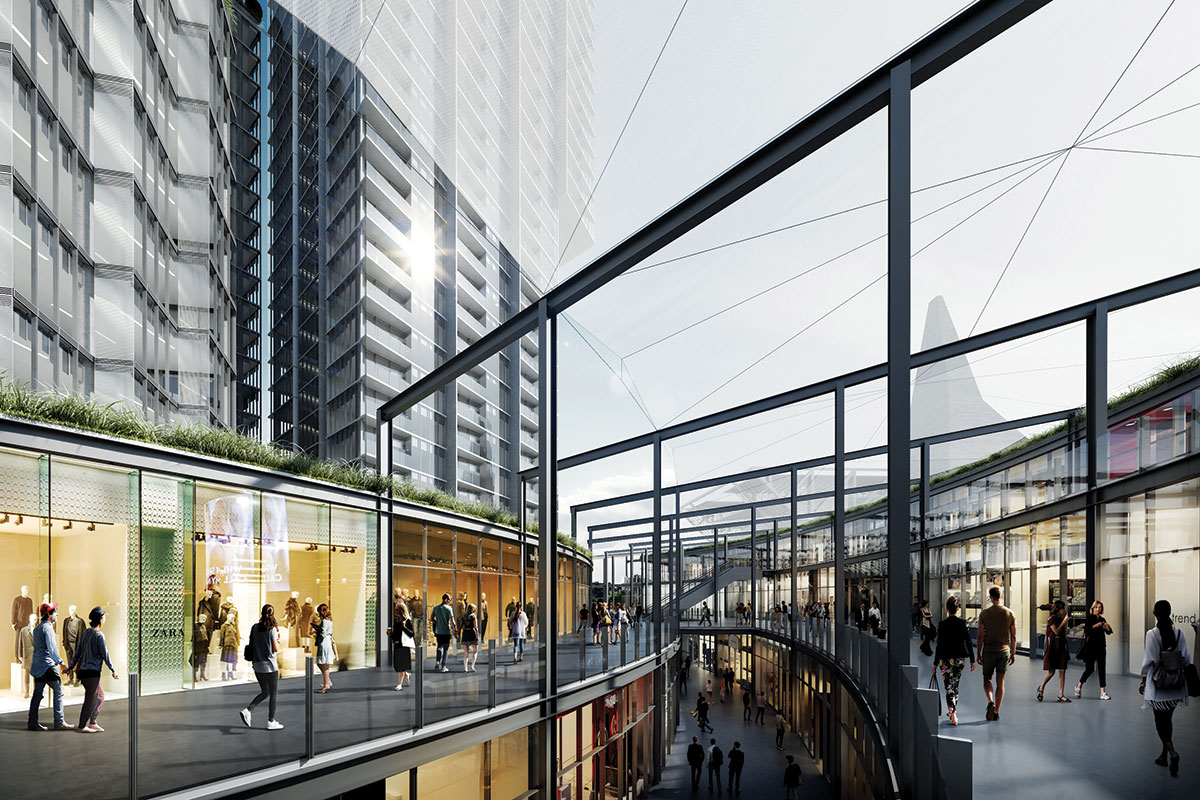
Courtesy of FGP Atelier
FGP Atelier’s upcoming dual project in Puebla continues to blend attention to detail with ambitious size. Three large towers and a circular retail space make up El Corazon de la Paz, while a smaller 150,000-square-foot building with a dramatic cantilever houses the true heart of the project—the Instituto Culinario de México. “The culinary school is, again, really the type of building that triggered me to build this practice,” he says. Gonzalez Pulido plans to take an intuitive approach to sustainability—capitalizing on the region’s mild climate by installing passive systems and focusing on the waste that will come from the classroom kitchens. He hopes to install a biodigester to harvest energy from what would otherwise simply be trashed. He also hopes to sell leftover student-made dishes to the surrounding community at a low cost, further engaging locals with the identity and culture of the space. “It aligns completely with the new vision of the practice. A small building that could actually make a big impact,” he says.
Project Details Project: Instituto Culinario de México & El Corazon de la Paz Location: Puebla, Mexico Completion: Anticipated Fall 2022 Size: 1,800,000 square feet

